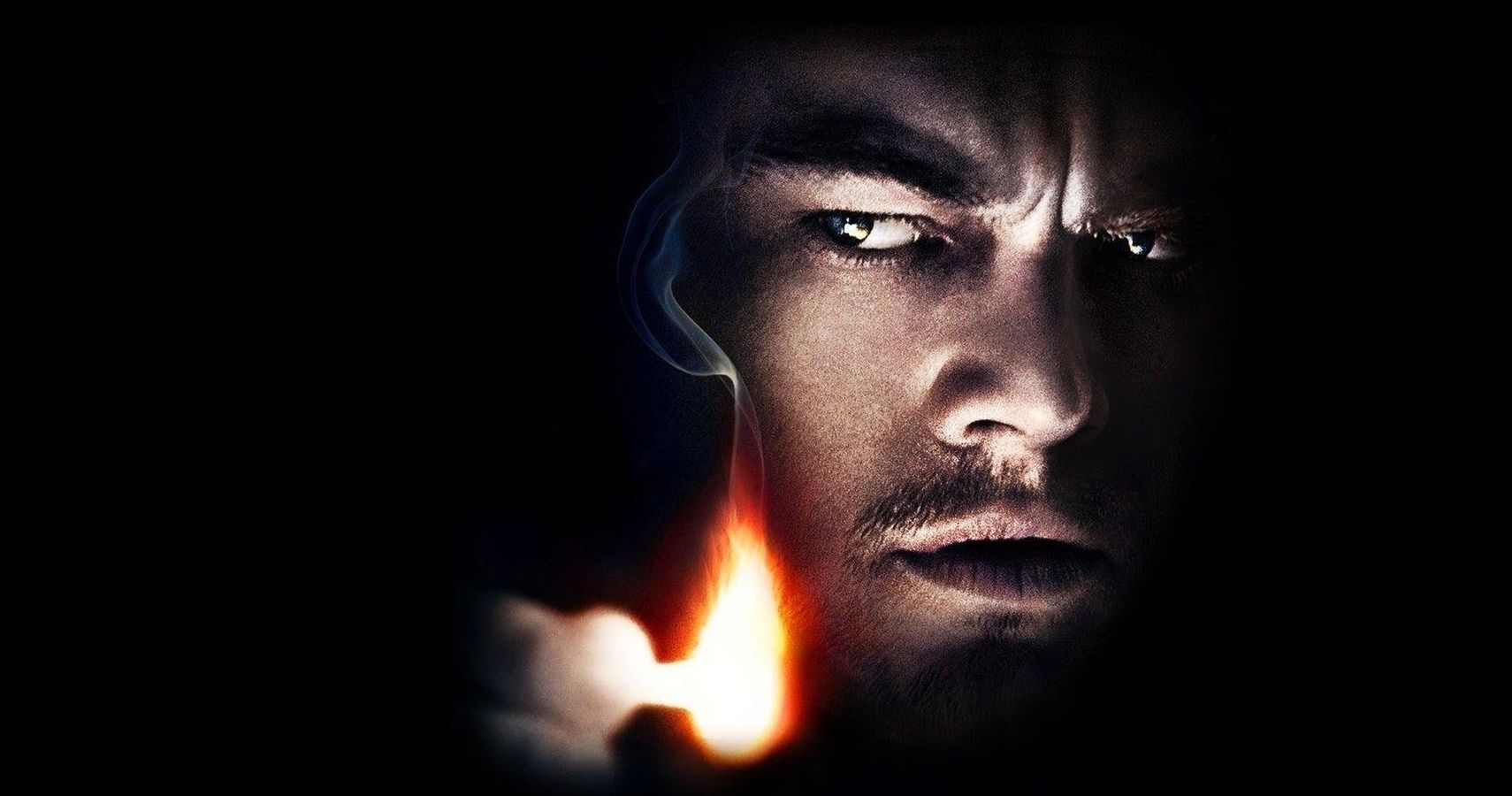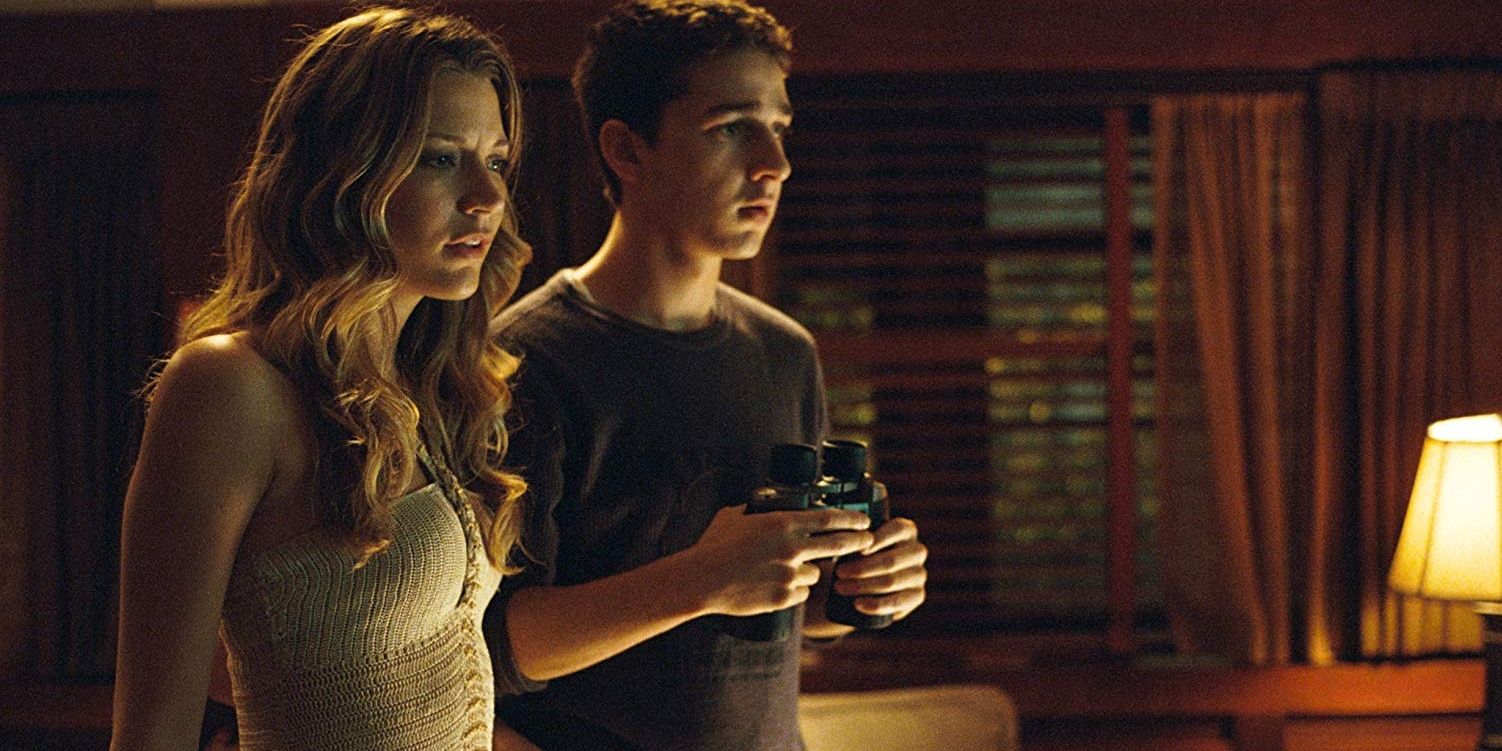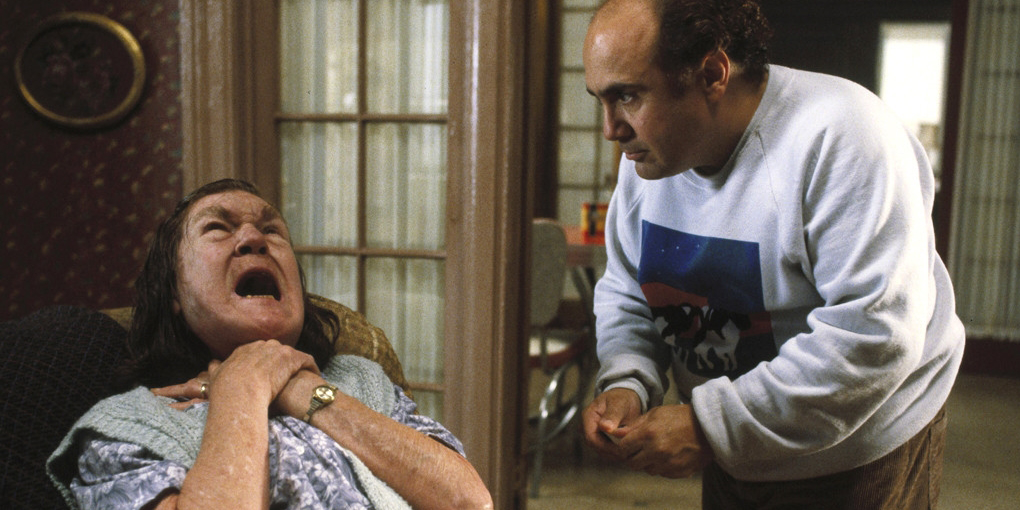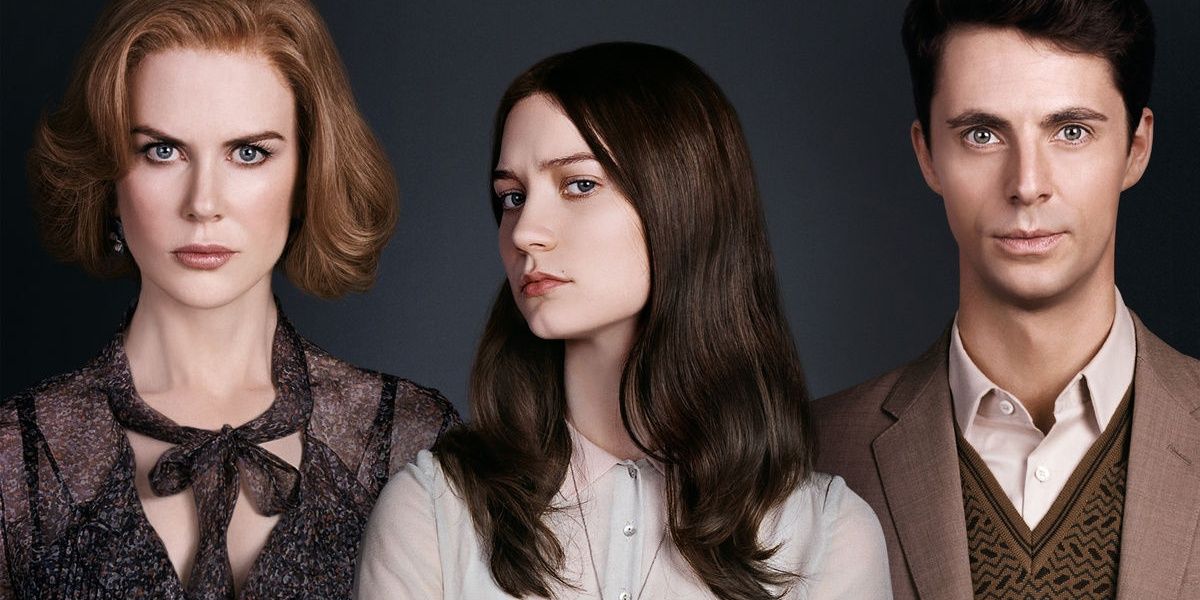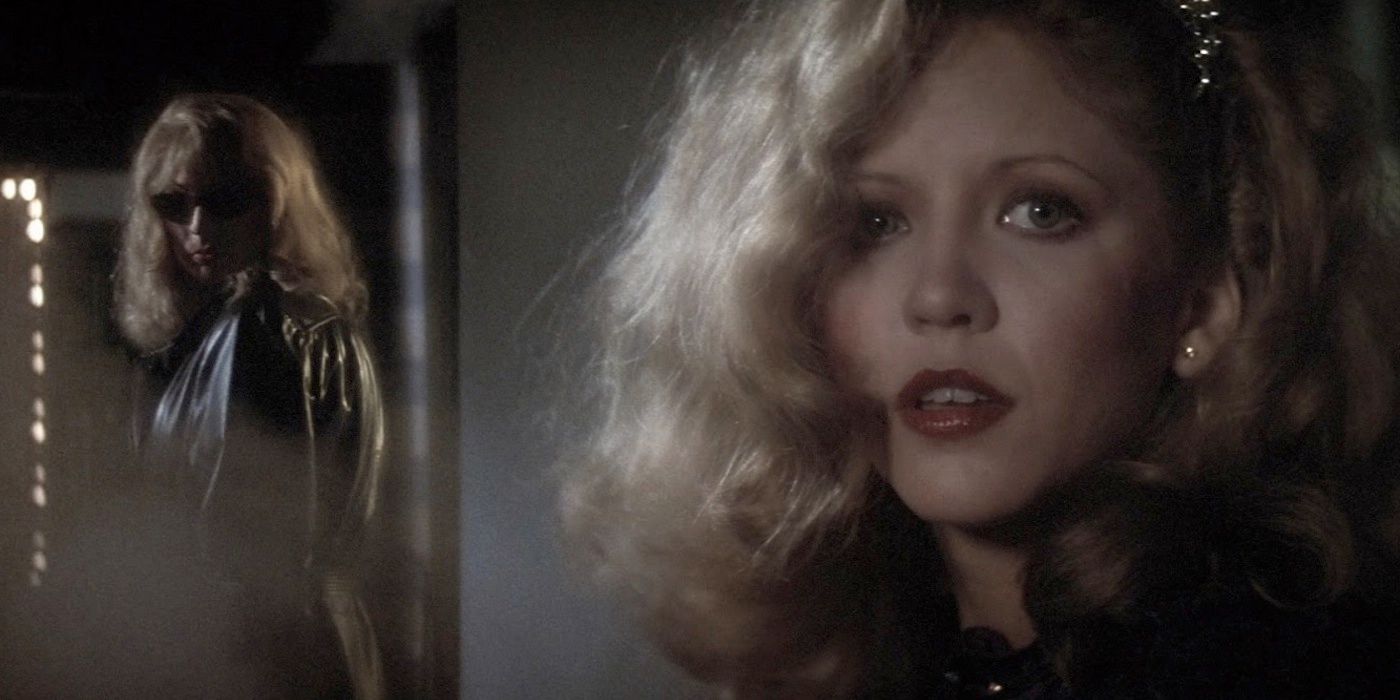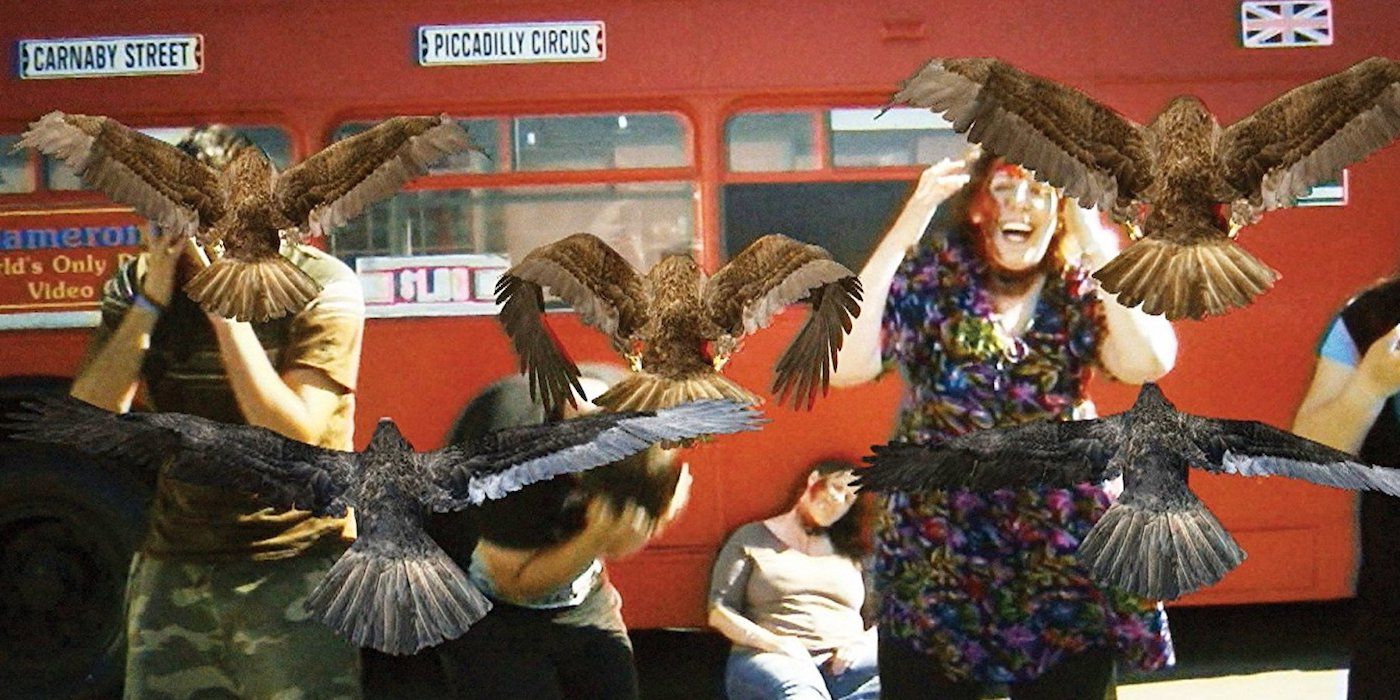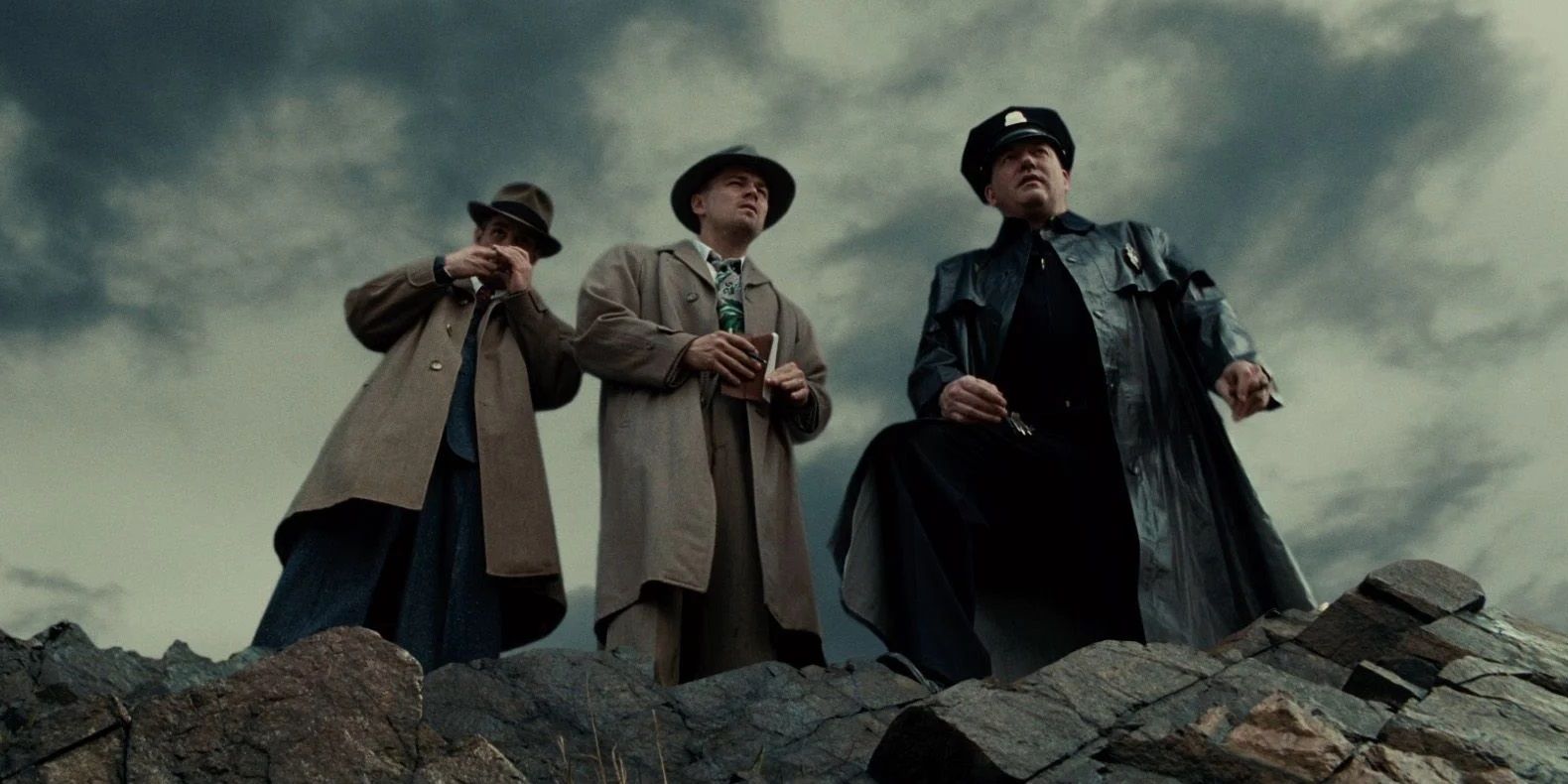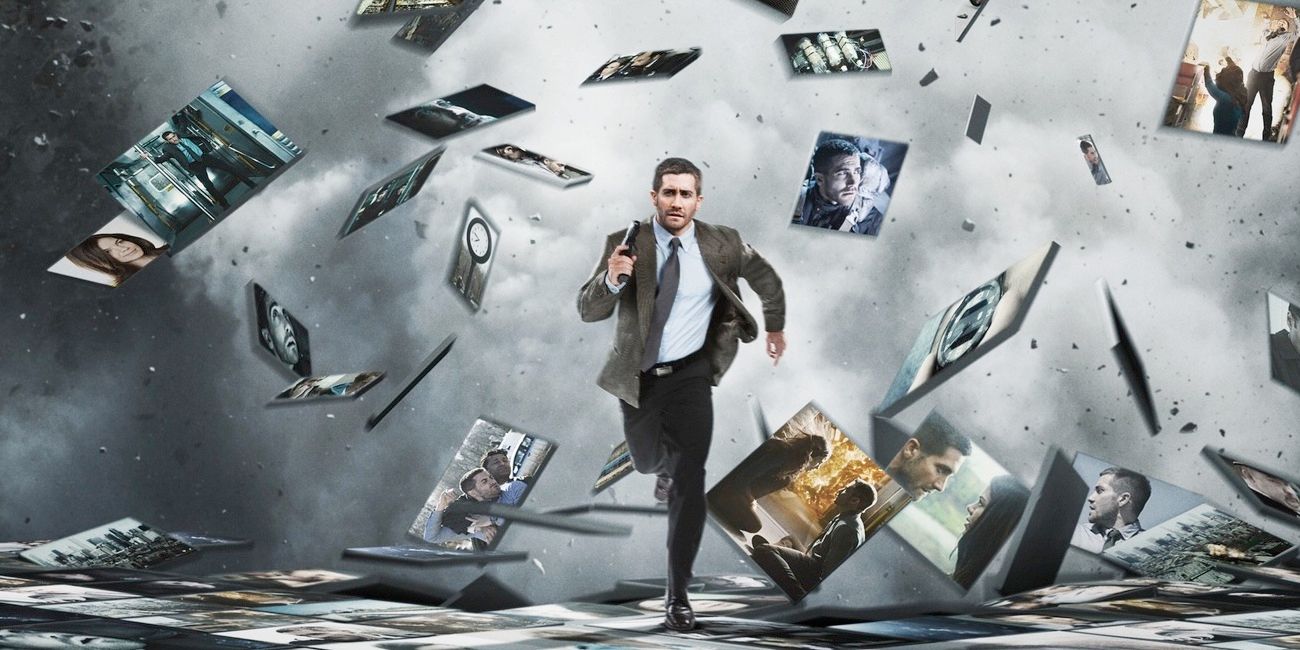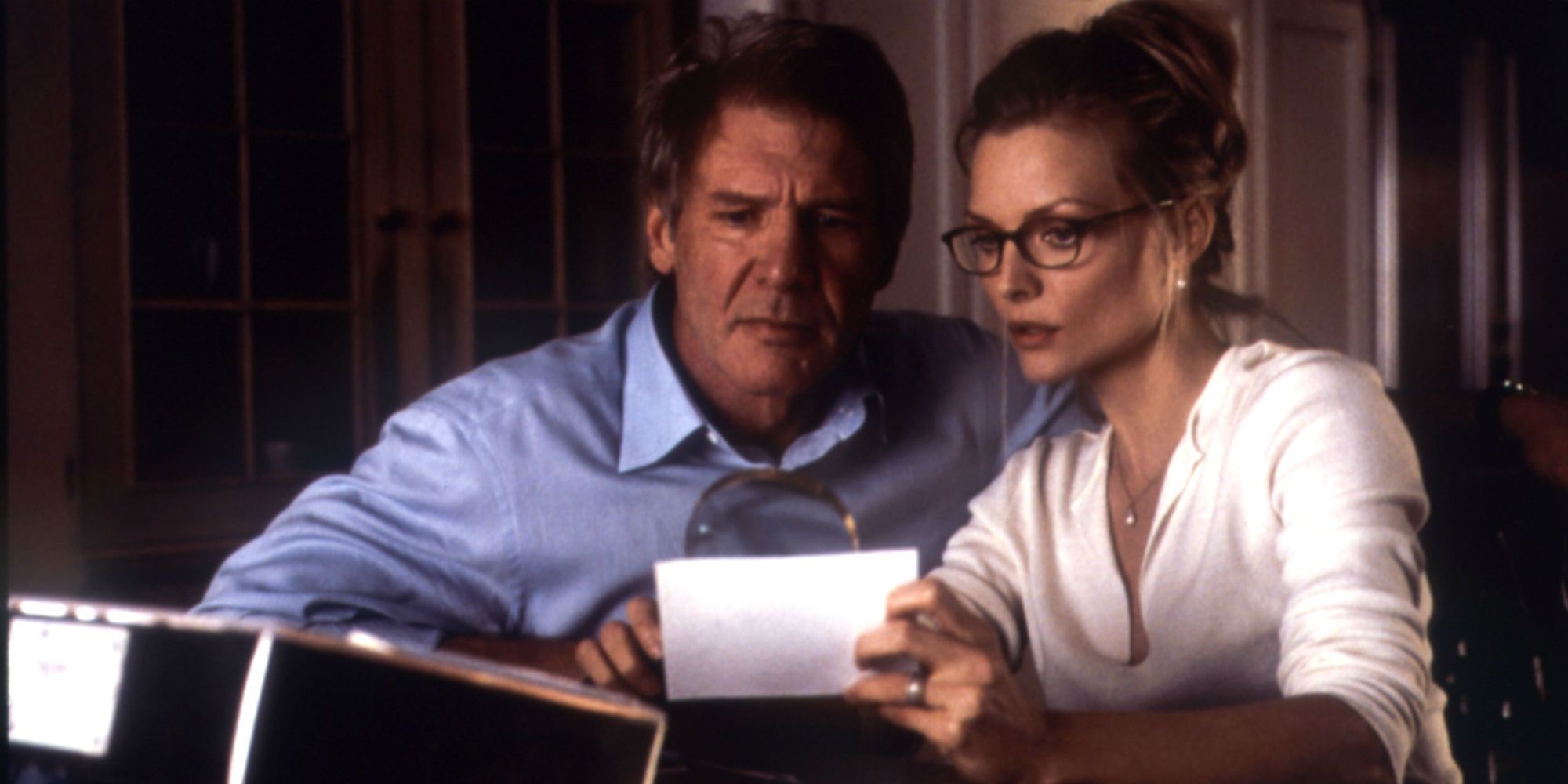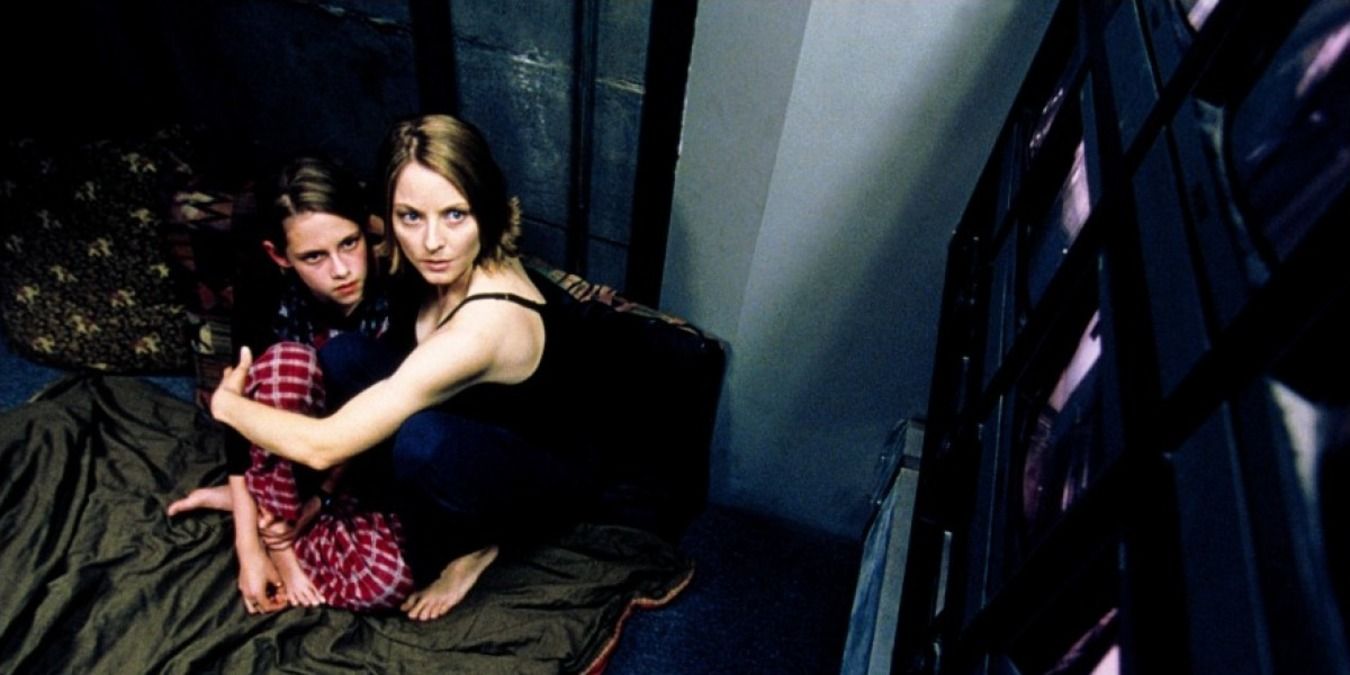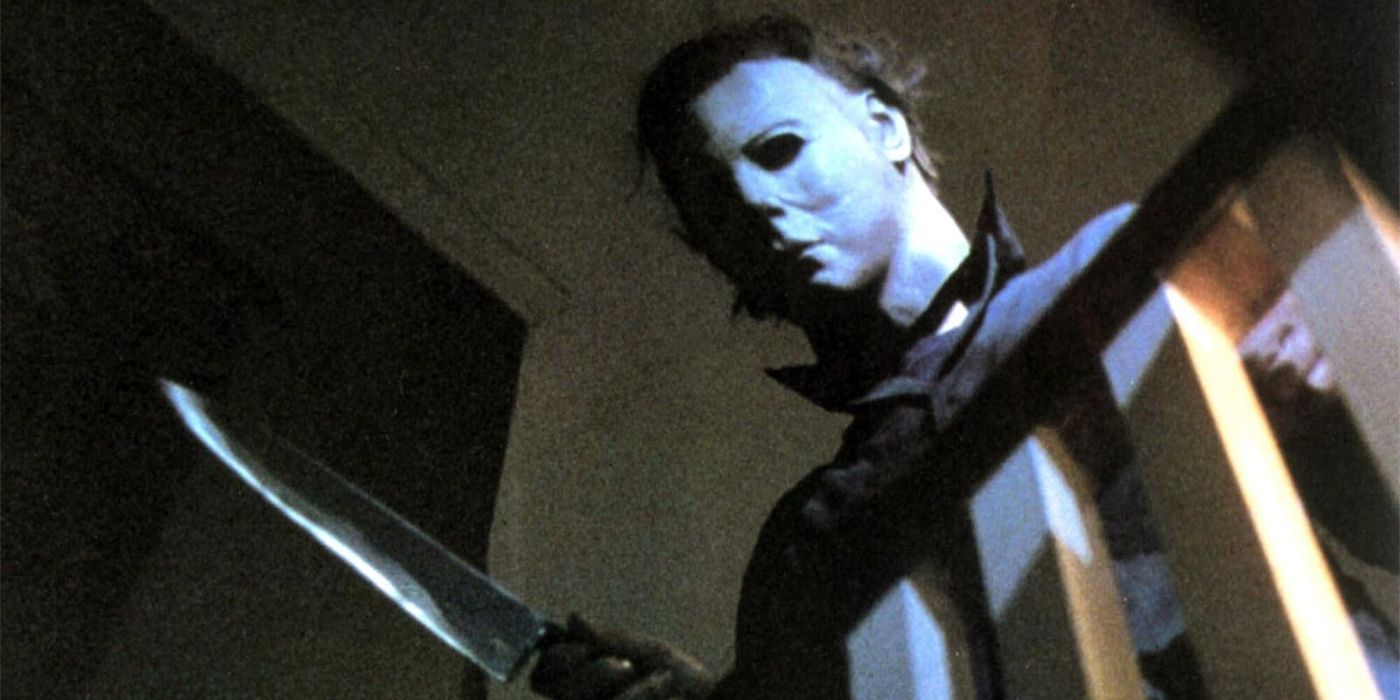From Rope to Vertigo to Psycho, Alfred Hitchcock has been an incomparable visionary, directing groundbreaking cinema in the mystery, horror, and thriller genres. He has served as an inspiration for many other screenwriters and directors while his films have been remade or reworked as adaptations to carry on his legacy for modern viewers. Some have failed to create an impact, while others are a fitting tribute to the iconic writer, director, and ‘cameo actor.’
The films mentioned in this list either pick up direct influences from Alfred Hitchcock’s screenplays or are inspired by his filmmaking styles and techniques.
Disturbia (2007)
A modern retelling of Hitchock’s Rear Window, Disturbia stars Shia LaBeouf in one of his younger roles. He plays a teenager under house arrest who suspects that his neighbor (David Morse) is a homicidal maniac. To prove his hypothesis, the protagonist spies on him with binoculars in a manner reminiscent to James Stewart’s character in the original 1954 film.
Rear Window has had many direct remakes, but they don’t stand the test of the time, but Disturbia functions as an amusing update to its source material that would appeal to younger audiences. Viewers would be quick to guess the overall suspense of the film, but the execution of Disturbia is such that it still makes for highly entertaining, nail-biting fun.
Throw Momma From The Train (1987)
The unique premise of Strangers on a Train has been used and re-used in several stories. The basic idea is that two frustrated characters ‘exchange murders,’ as they both seek to kill certain people in their life. Throw Momma From The Train is a delightful black comedy that explores this premise when a writer (Billy Crystal) and a writing student (Danny DeVito) decide to murder their ex-wife and mother respectively.
Directed by DeVito himself and starring Crystal in his comedic prime, the film is filled with several twists and turns, bolstered with a fine over-the-top performance by Anne Ramsey (who plays DeVito’s overbearing mother).
Stoker (2013)
South Korean thriller maestro Park Chan-Wook directed this psychological thriller that deals with the untimely death of a patriarch and how the house’s daughter and wife (Mia Wasikowska and Nicole Kidman) deal with the untimely entry of a distant relative in the family estate.
For screenwriter Wentworth Miller (who’s otherwise known as an actor in Prison Break and Legends of Tomorrow), Alfred Hitchcock’s 1943 noir Shadow of a Doubt served as a major inspiration. This film, too, dealt with family secrets as a girl discovers a visiting uncle’s mysterious past. Miller's thriller starts off with Hitchcock’s premise, but takes a different turn towards the end.
Dressed To Kill (1980)
Brian DePalma is a major admirer of Hitchcock’s work and has himself employed several stylish Hitchcockian elements in his hyperviolent films. The main antagonist in his Dressed To Kill seems to evoke many tendencies of the iconic villain Norman Bates from Psycho.
For instance, the central character in the film is killed right in the start at the hands of a cross-dressing man. Then, there are several long-drawn out shower sequences and a third act that finds the villain in a mental asylum, much like the end of Psycho. Furthermore, a prostitute is accused of the central murder in the film. Falsely incriminated heroes are a recurring element in Hitchcockian mysteries.
Birdemic: Shock And Terror (2010)
Birdemic, as its name suggests, is one of those films that is so bad it's good. Watched as a guilty pleasure by cult fans, James Nguyen’s film is a direct tribute and reworking of Hitchcock’s The Birds. Just like the original, Birdemic features characters who escape for a weekend getaway in a sleepy town that gets attacked by killer birds.
The special effects for the mutated birds are embarrassingly bad, giving Birdemic the aesthetic of a B-movie. Such is the film’s infamous legacy that it currently ranks at the fifth lowest-rated film on IMDb!
Shutter Island (2010)
Martin Scorsese’s neo-noir psychological thriller, starring his usual muse, Leonardo DiCaprio, is a thriller rollercoaster ride of hair-raising plot twists. Many critics have said that Shutter Island has thematic, as well as visual references, to Hitchcock’s cinematic style. A lighthouse plays a central role in the film, the interior of which is shot in the style of Vertigo’s portrayal of tall buildings. Additionally, the film relies on old-school atmospheric villains and henchmen and makes good use of dramatic classical music.
The basic premise involves a US Marshall investigating a psychiatric ward on a lonely island. While he’s on an assigned case, he has his own personal reasons for visiting the island. As the mystery deepens, startling revelations are made that connect to the protagonist’s tragic past.
Source Code (2011)
Director Duncan Jones admits there’s a Hitchcockian feel in Source Code, even if it aims to redefine the genre of time-traveling sci-fi. The most obvious Hitchcock theme in Source Code is the case of the mistaken identity, as seen in The Wrong Man and North by Northwest.
The film stars Jake Gyllenhaal, an ex-soldier who wakes up in the body of an unknown stranger on a commuter train. Unaware of the real reason behind this, he’s suddenly tasked with finding a bomber on the train before it explodes. A time-loop and a secret government project reveal the remainder of this thrilling and innovative sci-fi thriller.
What Lies Beneath (2000)
Robert Zemeckis’ thriller borders plays in supernatural territory as it tells the story of a wife of a university researcher (Michelle Pfeiffer), who believes that her house is haunted by a spirit. The way she encounters and investigates this activity can be compared to the aforementioned Rear Window.
Another clear Easter Egg is that the heroine’s husband (Harrison Ford) is aptly named Norman, a clear reference to the Psycho antagonist. The name itself foreshadows the fact that Ford’s character, too, has an ominous history of his own, revealed as the plot progresses.
Panic Room (2002)
A modern master of suspense, David Fincher has referred to Panic Room as ‘Rear Window meets Straw Dogs.’ The film might not rank among Fincher’s best mystery thrillers, but it still makes for a good real-time action flick.
Starring Jodie Foster and a younger Kristen Stewart, the home invasion thriller focuses on the attempts of a mother and daughter to fight three intruders while hiding in their house’s panic room. Matters grow complicated as the intruders seek something that lies in the very same panic room.
Halloween (1978)
Psycho ushered in the slasher genre, making it a mainstay of cinematic horror. The legacy of Psycho was carried forward in the 70s with John Carpenter’s Halloween and its sequels. The first film focused on a masked killer named Michael Meyers, who is on a murderous prowl one Halloween night to repeat the way he murdered his sister on this very same day.
It’s interesting to note that the film starred Jamie Lee Curtis in her breakout role. The actress’ mother, Janet Leigh, had earlier won acclaim as ‘the scream queen’ in Psycho. Halloween carried forward Hitchcock’s legacy with several new slasher franchises, primarily from Wes Craven.

